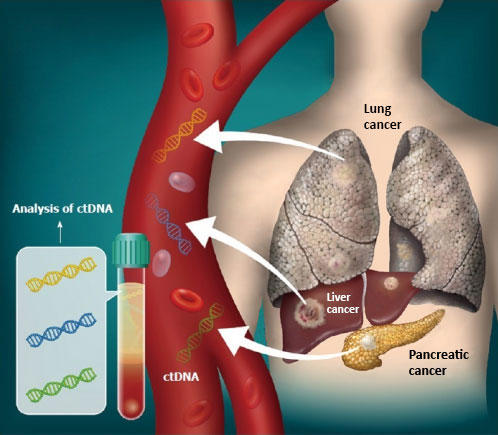This week marks week 3 of National Safe Work Month, and to help you practice safety: every job, every day we're stepping through the risk management process throughout October. This week, we build on the hazard identification and risk assessment the past 2 weeks and move onto the most important step in the process - control risks.
Controls should be guided by the likelihood and severity of the risks identified in your earlier risk assessment. Employers are responsible for managing WHS risks, including implementing controls, but they must do so in consultation with their workers - for example, ensuring they know how to use equipment safely. You can also seek advice from your WHS regulator to assist with complying with specific regulations in your state or territory.
Of course, some risks you can identify, assess and control on the spot - like a liquid spill on a tiled floor. For hazards like this where the risk is well known and understood (slipping and falling, leading to possible musculoskeletal injuries), controls can be implemented right away (e.g. a wet floor sign and prompt clean up) without the need to do a full risk assessment.
Every workplace is different. The best combination of control measures will be tailored to your organisation's size, type and work activities to manage risks during both everyday operations and emergencies.






